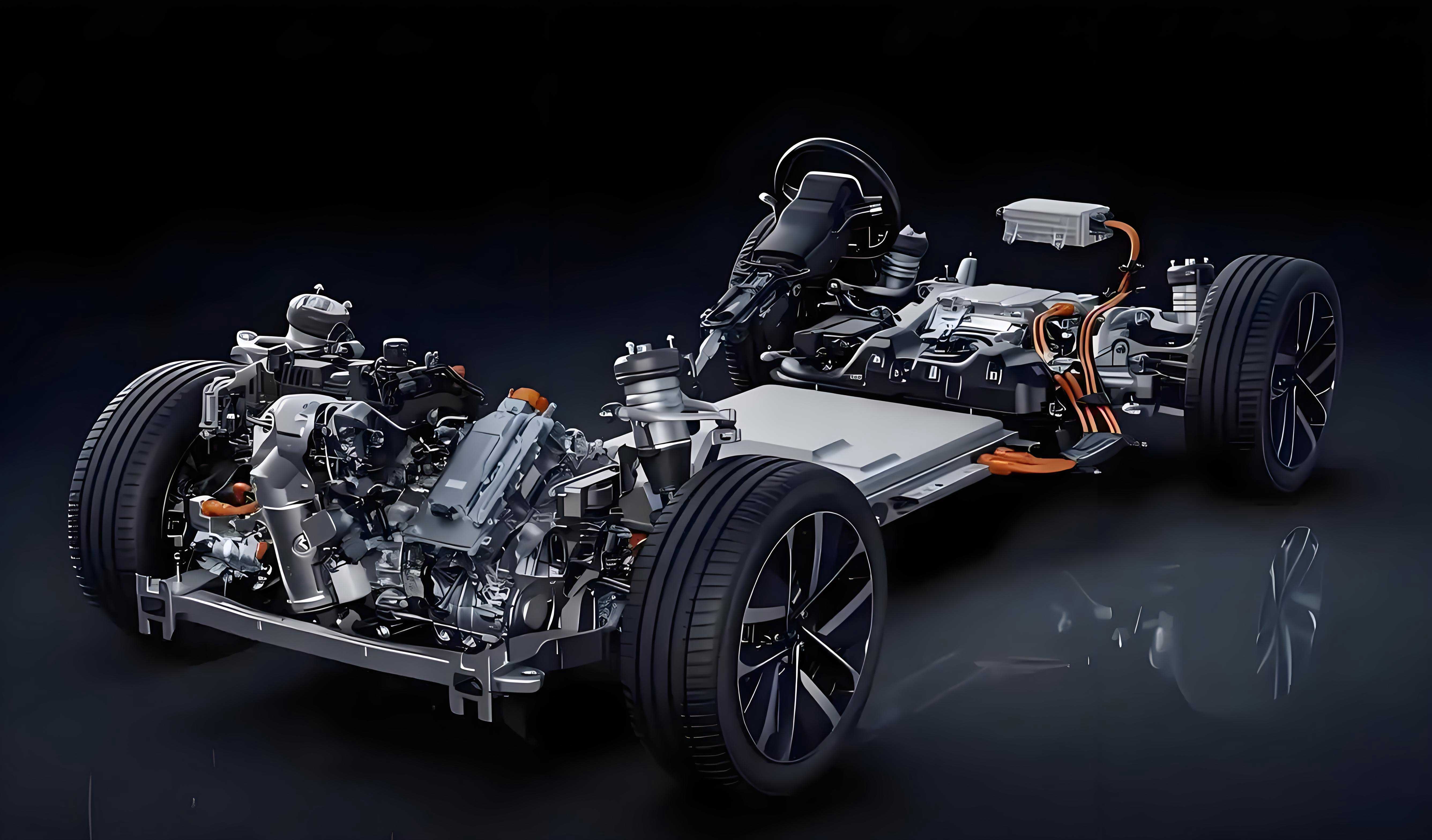The relentless acceleration of China electric vehicle market continues to defy expectations, cementing the nation’s dominance in the global EV race. With explosive growth metrics and untapped potential, the world’s largest electric vehicle ecosystem is reshaping automotive history—one battery pack at a time.

Unstoppable Market Momentum
Recent data reveals staggering electric vehicle adoption rates, with penetration hitting unprecedented levels. In early 2025, electric vehicles commanded nearly 30% of new passenger car sales—a seismic shift from just years prior. This surge isn’t isolated; it reflects a systematic overhaul of consumer preferences, manufacturing priorities, and national energy strategy. Leading automakers, bolstered by aggressive R&D and supply chain mastery, now export cutting-edge electric vehicles worldwide, turning “Made in China” into a badge of EV innovation.
Policy: The Invisible Engine
China electric vehicle revolution is no accident. Strategic state policies—from tax incentives to stringent emissions targets—created fertile ground for disruption. Provincial subsidies for EV buyers, coupled with massive investments in gigafactories, transformed niche prototypes into mainstream marvels. The government’s “dual credit” system penalizes fossil-fuel vehicles while rewarding electric vehicle production, forcing legacy automakers to pivot or perish. This regulatory scaffolding has propelled domestic brands from followers to frontrunners in battery efficiency and smart driving tech.
Infrastructure: Wiring a Nation
Behind every electric vehicle on the road lies an invisible grid of charging solutions. China now hosts over 70% of the world’s public EV chargers, with ultra-fast stations proliferating along highways and in dense urban corridors. Battery-swap stations—an innovation once deemed impractical—now service fleets in major cities, slashing refueling time to minutes. This infrastructure blitzkrieg erases “range anxiety,” turning electric vehicle ownership from compromise to convenience.
Consumer Surge: Beyond Early Adopters
Electric vehicles are no longer just eco-conscious luxuries; they’re family sedans, ride-hailing workhorses, and logistics lifelines. Competitive pricing—driven by plunging battery costs—has brought EVs within reach of mass consumers. SUV-style electric vehicles, in particular, dominate sales charts, blending practicality with zero-emission performance. Financing innovations, like battery-leasing programs, further democratize access, fueling a virtuous cycle of adoption.
Global Ripples
As China electric vehicle titans expand overseas, they’re rewriting export playbooks. European markets see Chinese EVs as premium yet affordable alternatives, while Southeast Asia embraces electric vehicles for urban air quality crises. This export wave pressures global automakers to accelerate their own electric vehicle roadmaps or cede market share. Meanwhile, Chinese battery giants control over half the world’s lithium-ion supply, turning raw materials into geopolitical leverage.
The Roadblocks Ahead
Yet challenges loom. Intensifying competition squeezes profit margins, forcing consolidation. Battery recycling infrastructure lags behind production, raising sustainability questions. Trade barriers in Western markets threaten export ambitions, while domestic subsidy rollbacks test true market demand. Still, with relentless innovation—from solid-state batteries to V2G (vehicle-to-grid) tech—the electric vehicle sector’s resilience remains undeniable.
The Undiscovered Country
Despite its scale, China electric vehicle journey is just beginning. Rural markets remain vastly underserved, representing a new frontier for growth. Autonomous driving integration, now in pilot phases, could redefine urban mobility. As renewable energy grids expand, the carbon footprint of each electric vehicle shrinks further, amplifying their environmental edge.